In 2015, Tanzania established three District-level Climate-Smart Agriculture (DCSAA) alliances in Lushoto, Kilosa, and Kilolo districts. The aim of these alliances, which brought together diverse district Climate-Smart Agriculture (CSA) stakeholders from local government officials, NGOs, researchers, universities, farmer organizations, and farmers, was to promote the adoption of CSA practices and technologies in the districts.
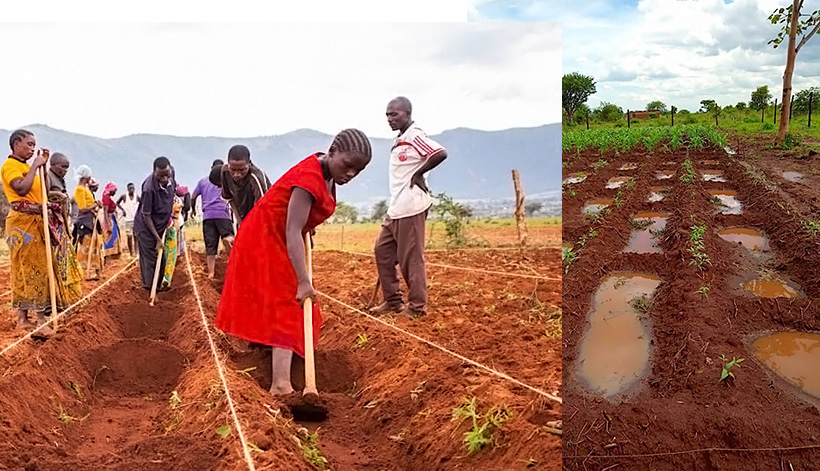
Farmers learning how to prepare tied-ridges, a climate-smart technology for harvesting water in the farm and reducing erosion. Left tied ridges conserving water after the rains.
A year later, the national Tanzania Climate Smart Agriculture Alliance (TCSAA) was established as a national and broad-based forum to promote CSA across the whole country (both Mainland and Zanzibar), through effective linkages with key CSA initiatives at the local, regional, continental, and global levels.
CSA refers to an approach that guides actions towards sustainable intensification of agriculture to increase farm-level productivity income and resilience to climate change, and where possible, reducing and/or removing greenhouse gas emissions (FAO 2010). In the Tanzanian context, CSA is defined as “agriculture that sustainably increases productivity and income, increases the ability to adapt and build resilience to Climate change and enhances food and nutrition security while achieving mitigation co-benefits in line with the national development priorities” (National Task Force Planning Workshop Report 2016).
DCSAAs facilitate CSA adoption through creating a platform for sharing knowledge and experiences on CSA among different actors and collectively finding innovative solutions to address barriers to adoption at the district level.
The formation of the national and sub-national CSA alliances in Tanzania aligns with the CSA Guidelines and the Agriculture Sector Development Program II developed by the country’s Ministry of Agriculture which call for gender-sensitive, multi-stakeholder engagement in promoting the adoption and up-scaling of CSAs to enable the country to cope with the challenges posed by climate change to the agriculture sector.
Four years later, how are the district level CSA alliances faring? A quick visit to the alliances found them up and running. They had all achieved their major objective of bringing together CSA stakeholders in the districts and building synergies amongst the different CSA activities being carried out by members and promoting various suitable CSA technologies for adoption by farmers. They had facilitated networking and sharing of knowledge and lessons on CSAs. On the other hand, they were also facing several challenges, and the members have learned many lessons about forming CSA alliances at the district level and how to improve them.
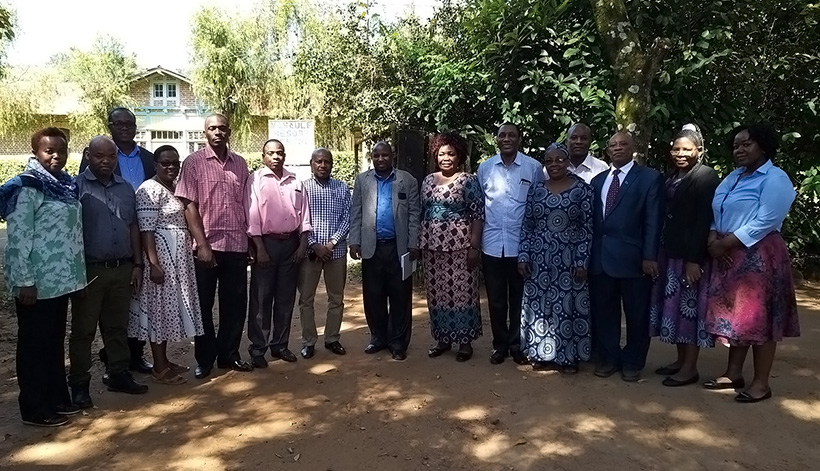
Group photo with representatives of the Lushoto
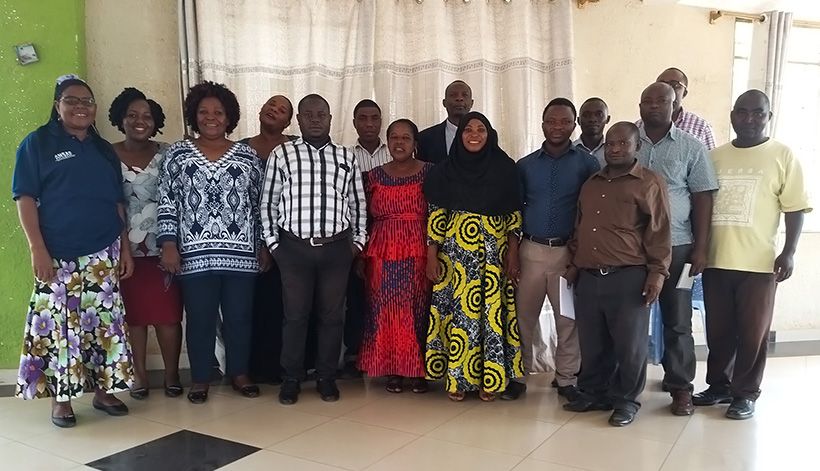
Group photo with representatives of the Kilosa CSA alliances
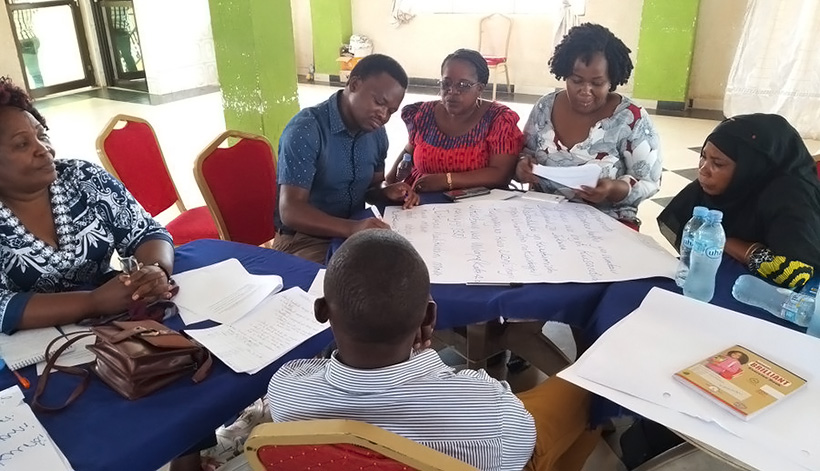
Members of the District CSA Alliances engaging in group discussions on their successes and challenges.
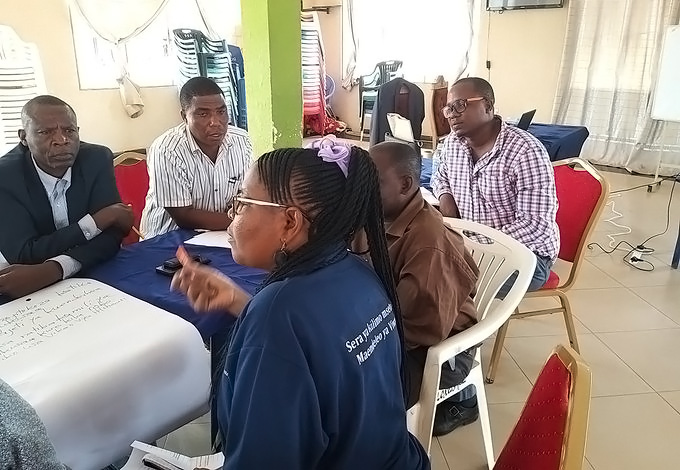
Recommendations
The recommendations from members of the CSA alliances for successful alliances and which are based on the lessons learned so far include:
Diversity and inclusivity – Successful alliances should have a large and diverse membership from representatives of the range of actors in the districts.
Good leadership and management – They should have good leadership and management structure and teams in place, including proper handing over of office bearers. The team should have skills in good knowledge management and documentation skills, decision making, and guiding activities of the alliance.
Regular activities – The alliances should have budgets for their operations, and be active, holding regular meetings and capacity building activities for their members and farmers in the district.
Alignment to District priorities – The objectives of the alliances should be well aligned to the district plans and priorities, which in turn encourages the support and buy-in from the district government officials who even lobbied for more support for the alliances, including financial support.
Formalization – Alliances need to be formalized by having a constitution and being registered at the district level. The constitution would spell out the various categories of membership of the alliances and partners. For example, it was found some members were NGOs running projects in the district, but who left after the project ended. Therefore, they should be in a different membership category compared to more permanent groups such local CBOs and farmers’ groups.
Having a constitution would also allow registration of an alliance, and this, in turn, would allow the alliance to open a bank account and manage funds raised from their activities. This would motivate their resource mobilization efforts for their activities, including regular meetings, learning trips, and building capacity of members.
Strategic networking – The alliances should not work in isolation. They should link with existing alliances, including the national alliance, other district CSA alliances, and other structures within and outside their respective jurisdiction/districts.
With these recommendations, it is hoped CSA alliances formed would be effective, vibrant, and sustainable and achieve their objective of promoting the adoption of CSA practices and technologies in their districts.
The guidelines for the formation of alliances are summarized in the document here.



No Comments